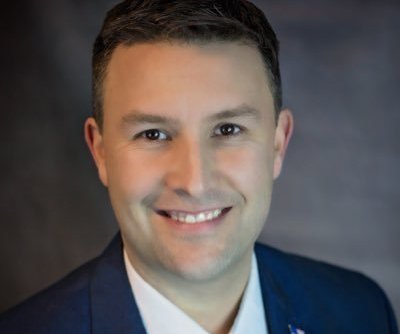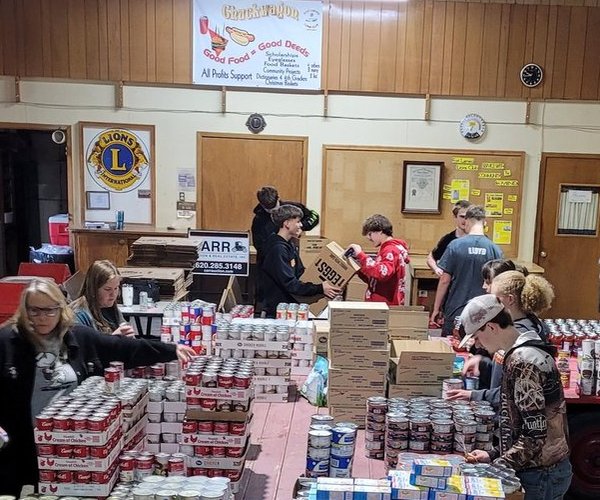To the Editor:
The Draft Environmental Impact Statement (DEIS) for Invenergy’s Grain Belt Express (GBE) was published in the Federal Register January, 2025. The DEIS is required before construction of the line to ensure that GBE complies with the National Environmental Policy Act.
Few people have any idea what’s in the statement, how it impacts them, or where to find it. Additionally, the comment period for the complex 400-plus-page DEIS has been limited to 45 days. The following is an overview of a document that is inconsistent and weighted in favor of “the Applicant” that seeks to build the HVDC lines.
The DEIS notes that significant environmental damage will be incurred by the construction of GBE. Soil, vegetation, land, land use, recreation, water, air, economic stability, community resources, and public health and safety will be adversely impacted by construction of the transmission lines and maintenance over the years. The DEIS, however, minimizes these negative impacts through a disingenuous use of language and by hiding disclaimers in the fine print or in later sections of the document.
The DEIS claims that damage to the environment and other resources may be temporary or permanent. In fact, some sections claim that damages may or may not happen at all. When the damage is assessed to be temporary, the study claims that the applicant (Invenergy) will repair the damage to the extent that it is able to do so.
The soil and water will be contaminated by paint thinners, gasoline, lubricants, coolants, and other chemicals leaking from heavy construction equipment. Air quality will be compromised by exhaust. Communities may be adversely affected by experiencing a loss in taxes and government revenue. These losses may be temporary or permanent, and some jobs and businesses may be lost forever. While air pollution is expected to be within “acceptable limits,” the report states that this could change depending on the need for maintenance of the line or its operation. Several species of wildlife will be permanently lost, as will certain types of vegetation. Many wooded areas will also permanently be lost. Acreage used for farming will be temporarily affected and permanently lost where towers make farming impossible.
In terms of public health and safety, the DEIS cites that magnetic fields and EMF – electromagnetic field radiation – will be created by the lines, although they are not “expected” to cause serious health risks depending on distance from the lines. There will also be the danger of fires caused by such lines (the likely cause of the Los Angeles fires). Furthermore, health risks exist for those exposed to hazardous chemicals.
The aesthetics and view of the landscape will also be adversely affected, but the report labels the eyesore created by the lines as an “inconsistent and contrasting element [in] the landscape” or as “visual clutter and alterations to the landscape composition.” Recreation, parks, and hunting will also be compromised either temporarily or permanently.
Despite the permanent losses cited by the DEIS, the document states that environmental justice will be completely preserved. That’s an interesting conclusion despite the fact that 1) certain damages may or may not happen; 2) Invenergy is “expected” to clean up its mess; and 3) permanent environmental and economic damage will definitely happen in many areas.
It’s interesting that the first page of the DEIS states that it assumes that if existing environmental standards as mandated by federal law cannot be met, the line will not be built. The report as a whole, however, assumes that Invenergy will always be proactive in damage control and repair. In other words, if the project is eventually built and Invenergy fails to comply with environmental law, the project won’t be built in the first place. Does this make sense? Of course not, but this Catch-22 is an example of your tax dollars at work.
Tammy Hammond
Landowner & Rosewood Services CEO
Pawnee Rock





